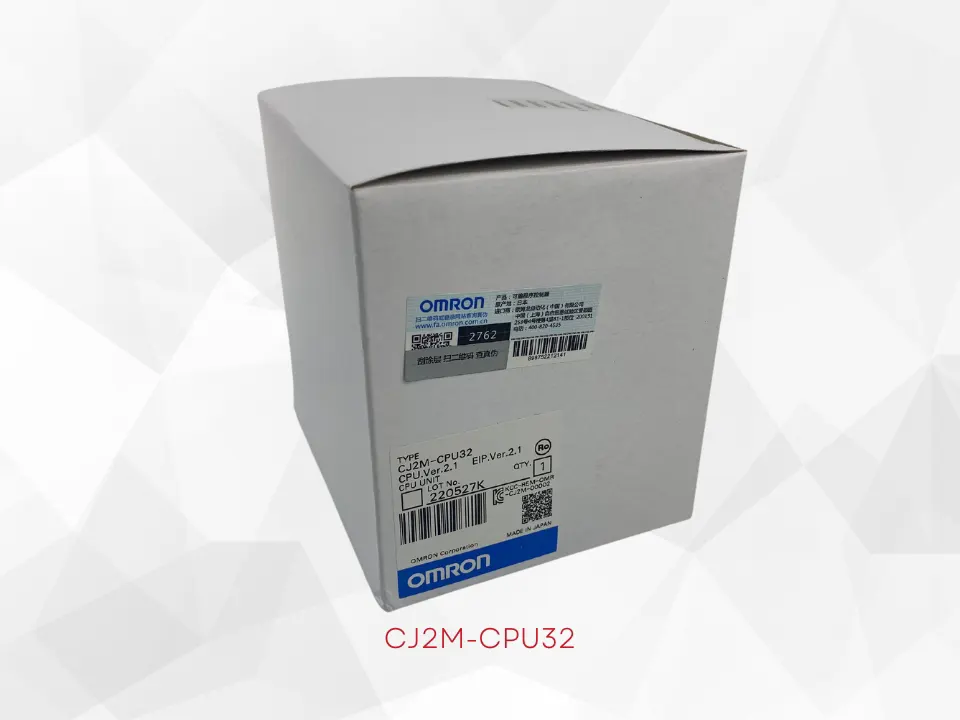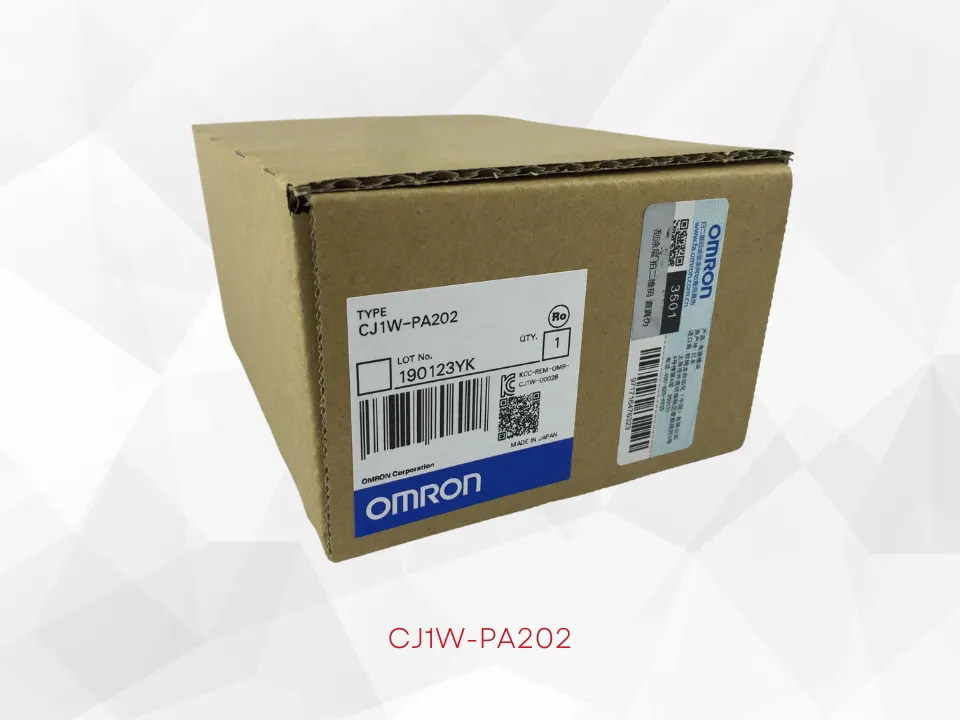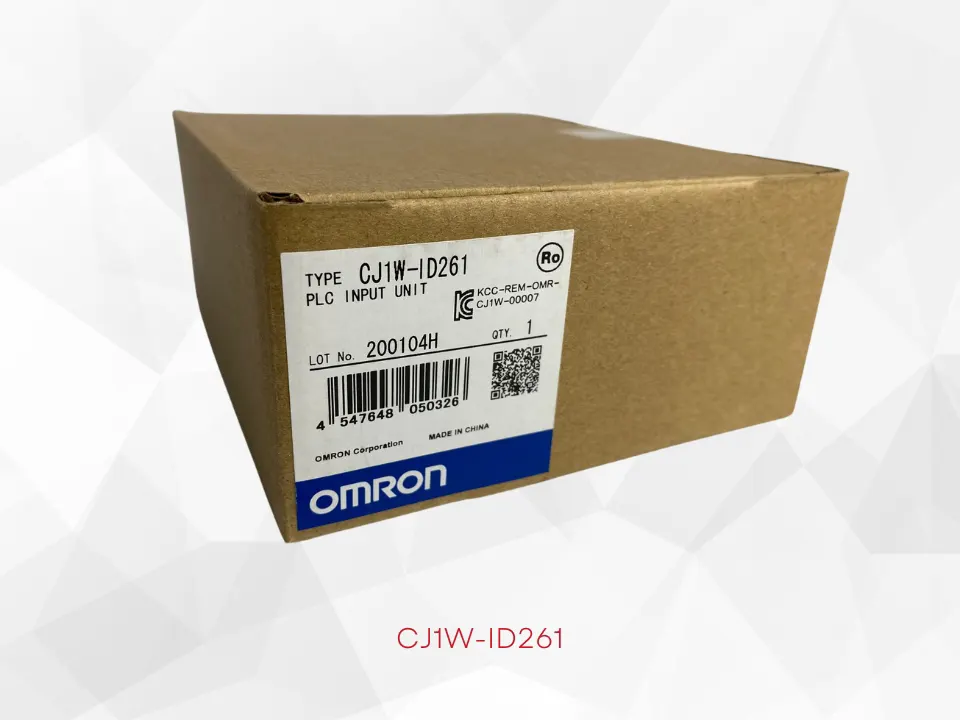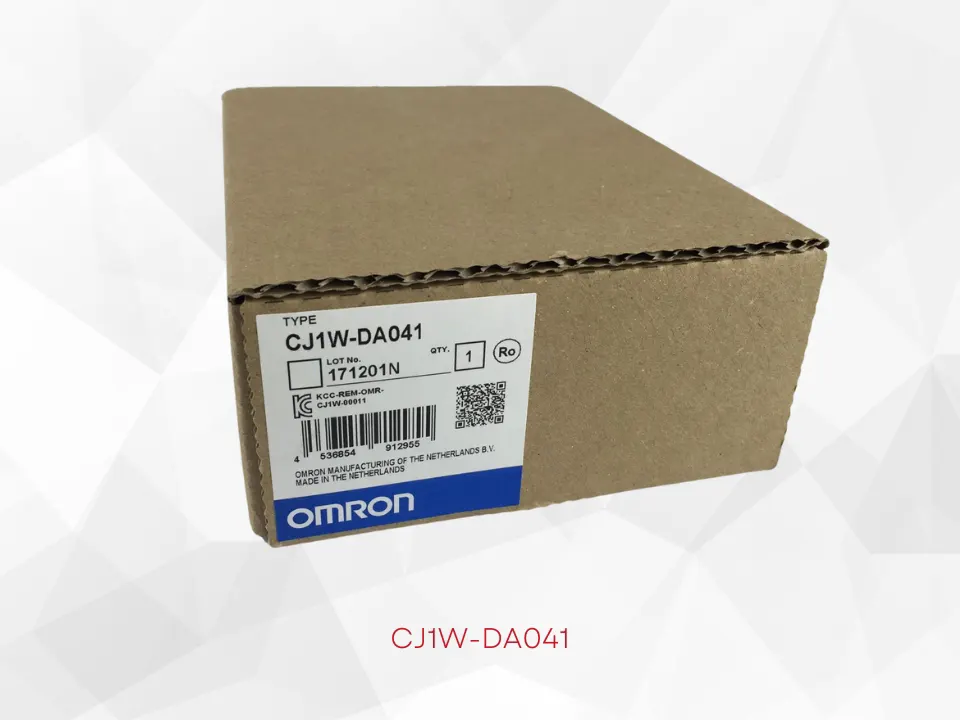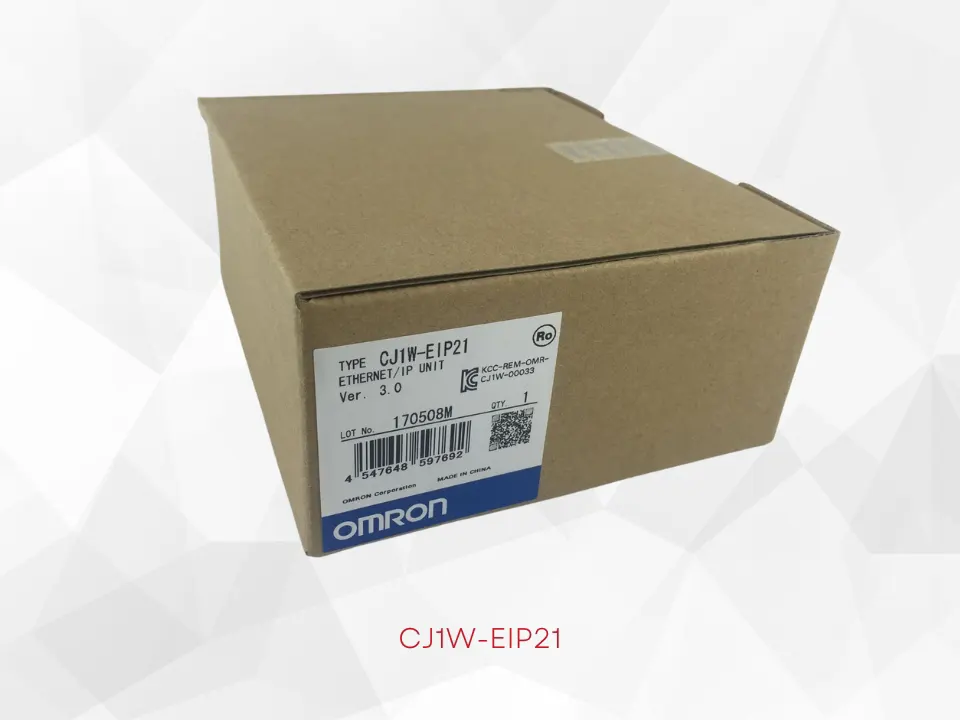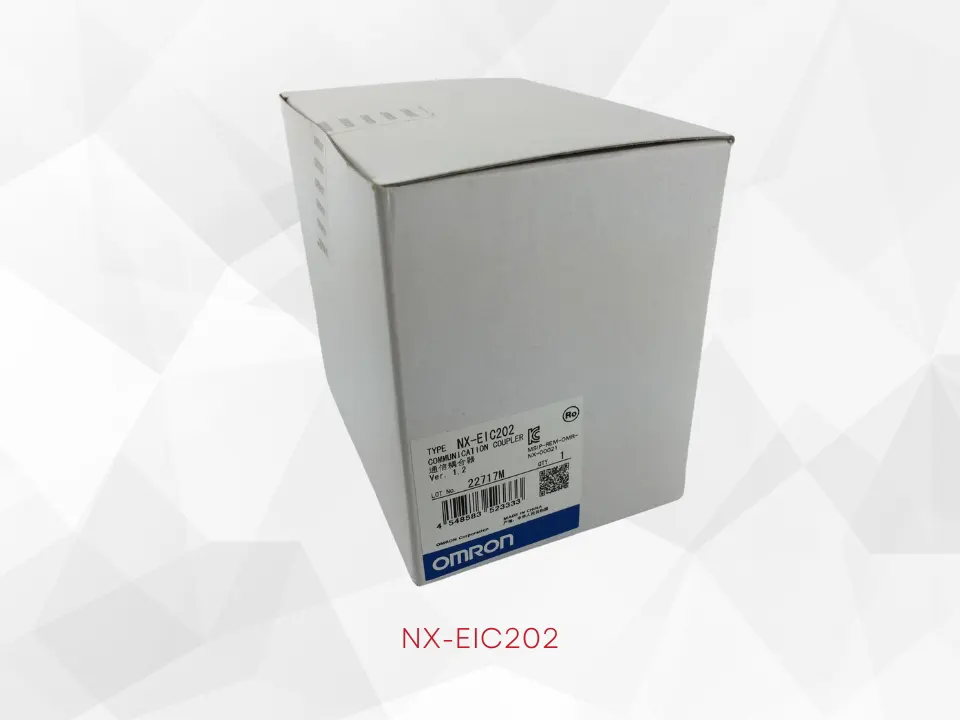What is The Different Between Sourcing and Sinking
- kwoco-plc.com
- September 28, 2024
- 2:19 am
In PLC control systems, sourcing and sinking are two key concepts, especially within the input and output modules of DC logic circuits. These terms describe the direction of current flow between devices, which is crucial for selecting the right modules and ensuring proper system operation.
This article will explain the roles of sourcing and sinking in PLCs and introduce how to identify and apply these modules.
Table of Contents
Definitions of Sourcing and Sinking in PLCs
In a DC circuit, current must flow from the positive terminal (DC+) through a load and eventually return to the negative terminal (DC-).
In PLC systems, sourcing modules are responsible for supplying current, while sinking modules are responsible for receiving current. Simply put, sourcing modules output current, and sinking modules absorb current. This relationship is fundamental to all digital input and output modules.
The concepts of sourcing and sinking in PLCs only apply to DC circuits, not AC circuits, as DC circuits have clear positive and negative polarities. Understanding these concepts helps engineers correctly select and connect PLC input and output modules, avoiding circuit errors that could lead to system failures.
PLC Digital Inputs: How to Understand Sourcing and Sinking?
PLC digital input modules typically connect to various switches and sensors, such as start/stop buttons, selector switches, and proximity sensors. The states of these devices (e.g., on/off) are conveyed to the PLC in the form of high or low voltage, determining the corresponding control logic.
A) Sourcing Input Modules
Sourcing input modules provide current to external devices, such as proximity sensors or buttons. When these devices are triggered, current flows from the module to the device. The input card of sourcing modules is internally connected to a positive voltage source, enabling it to supply positive voltage to the external logic circuit.
B) Sinking Input Modules
In contrast, sinking input modules accept current provided by external devices, with their internal circuitry connected to ground (negative terminal). These modules provide the necessary grounding for the circuit, ensuring proper current flow. Therefore, when an external device is connected to a sinking input module, it outputs current, while the module absorbs that current.
Differences Between NPN and PNP Sensors
In PLC systems, NPN and PNP sensors are common input devices, and their operating principles are closely related to sourcing and sinking.
What is a PNP Sensor?
A PNP sensor is a sourcing device. When the sensor detects an object, it outputs a positive voltage signal (usually +24V). The output terminal of the PNP sensor is connected to the positive terminal, and the signal output carries positive voltage. Thus, PNP sensors are typically connected to sinking input modules, allowing the module to absorb the sensor’s output current.
What is an NPN Sensor?
Conversely, an NPN sensor is a sinking device, with its output terminal connected to ground. When the NPN sensor detects an object, the output signal terminal connects to ground (negative voltage). Therefore, NPN sensors are usually connected to sourcing input modules, allowing the module to provide positive voltage to ensure proper current flow.
PLC Digital Output Modules: How to Choose Sourcing or Sinking?
PLC output modules control physical devices, such as motors, relays, and valves. Understanding whether an output module is sourcing or sinking is vital for the safe operation of the system.
A) Sourcing Output Modules
Sourcing output modules supply current to load devices, typically providing positive voltage to these devices. Devices connected to sourcing output modules are usually sinking devices that receive current. This configuration is commonly used in applications requiring high reliability and quick response.
B) Sinking Output Modules
Sinking output modules absorb current from load devices, with their internal circuitry connected to ground. They are generally used for controlling grounded loads and are suitable for applications requiring negative voltage.
How to Determine if a PLC Module is Sourcing or Sinking?
To determine whether a PLC module is sourcing or sinking, you can refer to the circuit wiring diagram. If the load’s terminal connects to the positive terminal of the power supply, the module is a sinking module; if it connects to the negative terminal (providing a ground connection), the module is a sourcing module.
Accurately identifying module types helps in correctly designing circuit connections and avoiding short circuits or erroneous signals.
Power your projects with brand-new, original Omron, Mitsubishi, Schneider PLC – in stock, ready now!
Conclusion
Understanding sourcing and sinking in PLC systems is crucial for anyone involved in industrial automation. By correctly identifying the types of input and output modules, engineers can ensure stable system operation and avoid common circuit errors. Whether selecting PNP or NPN sensors or configuring PLC output modules, mastering these foundational concepts is key to building efficient automation systems.
Looking for new, original PLCs for your projects? At Kwoco, we stock the latest PLCs from top brands like Omron, Mitsubishi, and Schneider. Shop with confidence—fast shipping, guaranteed quality! Contact Now
Contact Us
Just fill out your name, email address, and a brief description of your inquiry in this form. We will contact you within 24 hours.
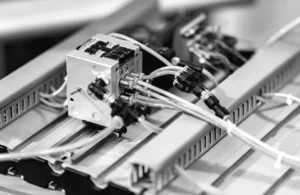
Why Your PLC Needs a Separate Power Supply
Why Your PLC Needs a Separate Power Supply Have you ever wondered why PLC systems often require a separate power

Why Your Business Needs a Variable Frequency Drive
Why Your Business Needs a Variable Frequency Drive When managing industrial operations, optimizing energy efficiency while maintaining performance is crucial.
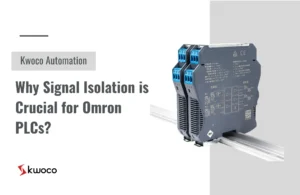
Why Signal Isolation is Crucial for Omron PLCs?
Why Signal Isolation is Crucial for Omron PLCs? In the world of industrial automation, signal interference is a silent killer.

